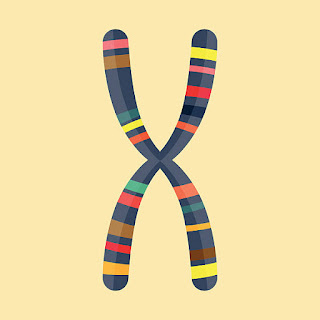Golgi Bodies And Centrosome
Golgi bodies
Golgi bodies were discovered by
camelo Golgi in 1898.
These are present in animal and also in plant cells.
The Golgi bodies are composed of phospholipid and protein, they contain 3 to 20 sacs.
The
Golgi apparatus is a collection of membrane enclosed in sacs (cisterns) that are stalked like dinner plates. These cisternae are associated with vesicle
called Golgi vesicles.
The Golgi complex is a complex system of interconnected tubules, these tubules are present around Central stocks.
One or more Golgi apparatus are present in all Eukaryotic cells.
Golgi is directed at proper glycosylation of protein and lipids.
There are more than 200 enzymes that function to add remove are modified Sugars from proteins and lipids in the Golgi apparatus.
The Golgi apparatus in polarized structure with
cis and trans sides.
Newly synthesized proteins bud off from the granular
endoplasmic reticulum and fuse with the cis side (protein through other vesicle) middle cistern and finally to the cistern on the trans side,from which vesicle branch of into the cytoplasm.
Function
Golgi Complex are concerned with cell secretion.
Transport the enzyme and protein outside the cell.
Centrosome
Centrosome near the
nucleus in the cytoplasm, made up of two centriole. Centrioles are short cylindrical Organelles,that are present at right angle to each other.
Each Centriole is composed of 9 sets of triplet
microtubules arranged in a ring.
When cell divides the centriole replicate and move towards the opposite poles.
Produce gamma tubulin which help in attachment of spindle fibre to the centromere.
In multinucleated cells a centromere is present near each nucleus.
These are also called microtubule organising center.




Comments
Post a Comment